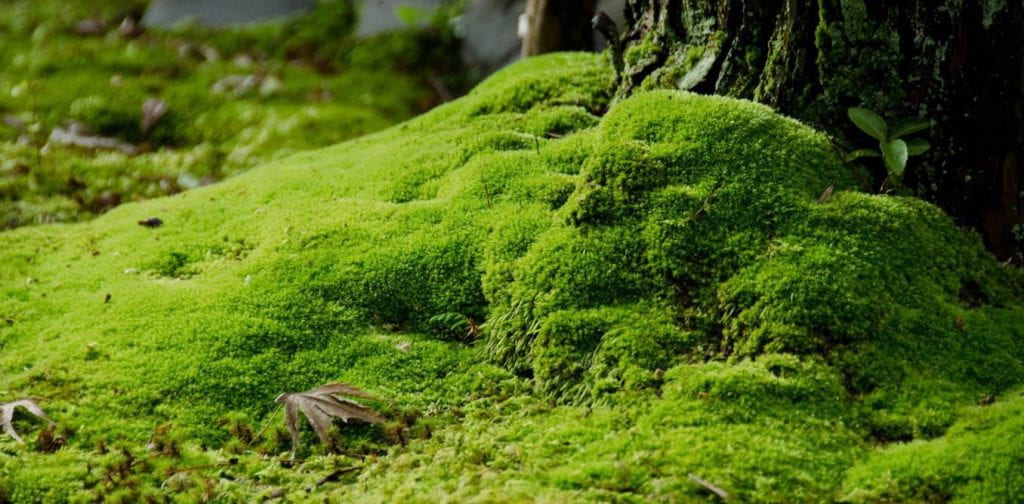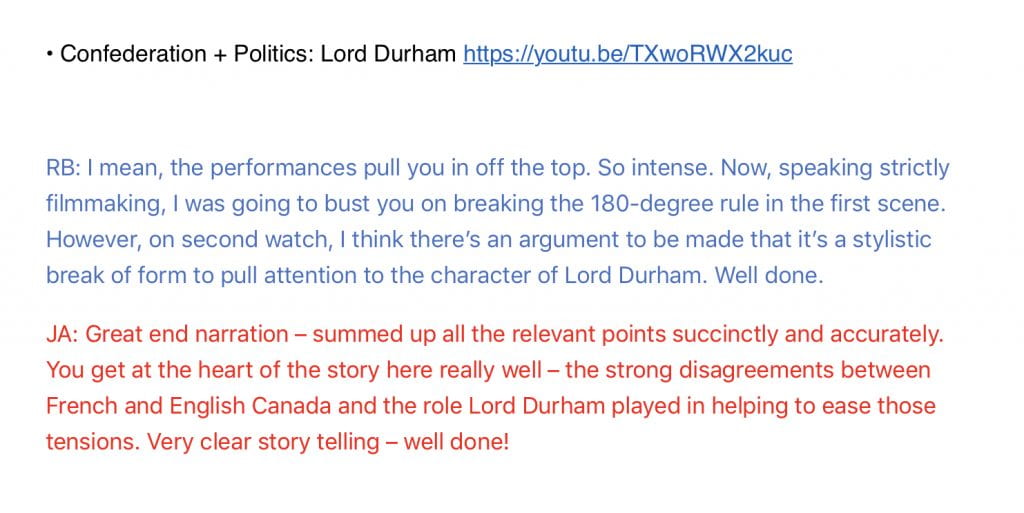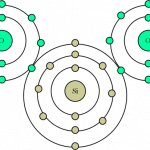The latest in PLP 9 humanities: creating heritage minutes.
We recently wrapped up an intriguing unit in humanities class. Our humanities class this year has been solely focused on Canadian history and this unit was no different. The time period we were focusing on was pretty much the 1800’s and forward, up until WW1.
We started off by creating some essential need to knows. I like doing this because it helps me fully understand the project before we start it.
What we knew at first is that basically we were to create one minute long videos. We were going to be put in groups of 4, use our knowledge of camera angles and that lots of acting would be at hand. We had to create our own heritage minute.
Hold on a sec. If you don’t know what a heritage minute is, you’re probably pretty confused.
Basically, heritage minutes are 1 minute long videos that are meant to tell a story or educate and audience about a valuable part of Canadian history. They started airing in 1991 on Canadian television and they’ve been making them ever since. To date, there are about 80 or 90 heritage minutes that have been produced and they all tell an unique and individual story. They cram as much knowledge into the minute as they can, and once you break it down you find lots of information. I thought it was pretty cool that we were given the chance to create our own one. Here’s an example of one.
There were a few questions. Where would we film? Who would be in our groups? How would we get costumes?
I was placed in a group with Lucy, Alex and Amelia B. We were given a general topic to cover, which was confederation and politics. As we knew, confederation was in 1867, so it fit perfectly into our time window. Another rule we had to follow is that we had to cover a topic which hasn’t been done before, so we don’t copy Historica Canada’s idea.
We did research as a group trying to find a topic. We were struggling to find one for a bit, but in the end we settled on someone named Lord Durham. It was difficult to find someone significant enough to do lots of research about and create a heritage minute on that hasn’t already been done before!
We started on by doing some research. This part was important because by doing research, we were actually developing a story. Finding out key parts of the person’s life was essential because that was what we were to create a history minute about!
Here’s just part of the research we did as a team.
Essentially, Lord Durham was responsible for suggesting that upper and lower Canada become united as one nation. This would create a responsible government for one nation. Remember, back in the 1840’s, there was an Upper Canada and a Lower Canada. He united them as one and, if you think about it, led the process of Canada becoming its own country 25 years later. He planted the seed that became confederation.
During the course of all of this, we did something called short story Tuesday. Basically, Ms. Maxwell would give us a short story to read in class every Tuesday and we’d have to answer a series of questions about them and reflect on the story. One story I enjoyed reading was “Idyl of the Island” by Susan Francis Harrison.
Anyways, back to the heritage minute.
Our next step after research was finding out exactly what story we were going to tell and how we were going to tell it. Our group wanted to make clear in our video how lord Durham united the Canada’s.
After that, it was writing a screenplay. Luckily for our group, we had some experience writing a screenplay from last projects. This time though, it had to be a professional screenplay with proper spacing and such. Here’s an example of how our screenplay turned out.
Ms. Maxwell also organized an ex-PLP student who is now studying film in university to come in and help us critique. He helped us with some formatting issues and it was quite helpful.
One of our last steps to creating our minute was storyboarding. With storyboarding, it really makes you think ahead because you’re plotting out every single scene of your film. Then, there’s no confusion as to what your filming when you actually start.
Then, we started filming. Everyone brought in costumes to make it feel like we were back in the 1830’s. Although all our filming was complete, our first draft had a few issues. There was no music and some of the audio was a bit iffy. Also, we were missing a voiceover which led to it being a few seconds short of the required “minute”.
Keeping this in mind, we revised dutifully. We redid some voiceovers, created our own music in GarageBand and fixed a few of the title sequences which had a couple mistakes in spelling. Also, one of our group members was woefully sick for a few weeks which threw a bit of a wrench in our plans.
In the end, our final draft looked like this.
After, we sent our videos to some people that Ms. Maxwell has connections with at Historica Canada, the company that produces heritage minutes. They gave us some helpful feedback on how to make ours even better. Big thanks go up to Ryan Barnett and JoAnne Archibald for the feedback. I thought it was cool they took the time out of their day to respond to us. Here’s what ours looked like.
I learned a lot of valuable things during this project about video-making and trying to replicate the feel of a heritage minute was a fun but difficult task. Learning about Canadian history will be useful at some point and I believe my group had a really intriguing topic to cover.
Well, that’s it for this unit. Catch you next time,
nik













